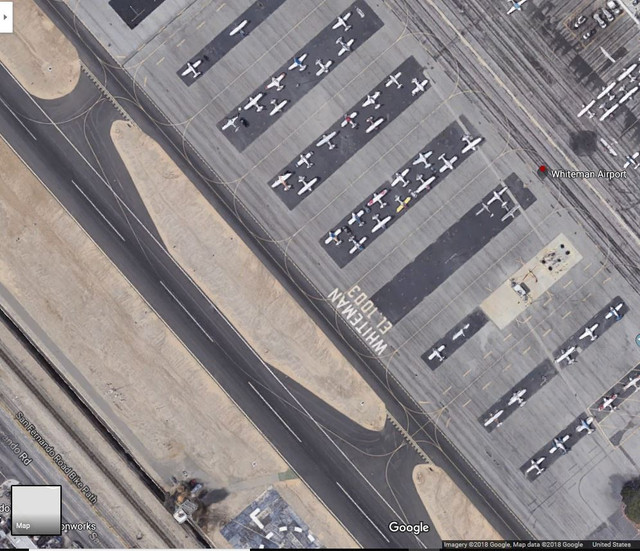Just because they say it, doesn't mean it's right. Do they have a published local procedure anywhere? How would they expect transient pilots to know this?
I wouldn't get in a ****ing match about it, but a nicely-worded letter or call to the tower chief sending the message "Us pilots are confused because we get scolded by your guys if we follow what the AIM says to do."
The AIM is pretty specific about it.
4−3−20. Exiting the Runway After Landing
The following procedures must be followed after landing and reaching taxi speed.
a. Exit the runway without delay at the first available taxiway or on a taxiway as instructed by ATC. Pilots must not exit the landing runway onto another runway unless authorized by ATC. At airports with an operating control tower, pilots should not stop or reverse course on the runway without first obtaining ATC approval.
b. Taxi clear of the runway unless otherwise directed by ATC. An aircraft is considered clear of the runway when all parts of the aircraft are past the runway edge and there are no restrictions to its continued movement beyond the runway holding position markings. In the absence of ATC instructions, the pilot is expected to taxi clear of the landing runway by taxiing beyond the runway holding position markings associated with the landing runway, even if that requires the aircraft to protrude into or cross another taxiway or ramp area. Once all parts of the aircraft have crossed the runway holding position markings, the pilot must hold unless further instructions have been issued by ATC.
NOTE− 1. The tower will issue the pilot instructions which will permit the aircraft to enter another taxiway, runway, or ramp area when required. 2. Guidance contained in subparagraphs a and b above is considered an integral part of the landing clearance and satisfies the requirement of 14 CFR Section 91.129.
c. Immediately change to ground control frequency when advised by the tower and obtain a taxi clearance.
NOTE− 1. The tower will issue instructions required to resolve any potential conflictions with other ground traffic prior to advising the pilot to contact ground control. 2. Ground control will issue taxi clearance to parking. That clearance does not authorize the aircraft to “enter” or “cross” any runways. Pilots not familiar with the taxi route should request specific taxi instructions from ATC.


